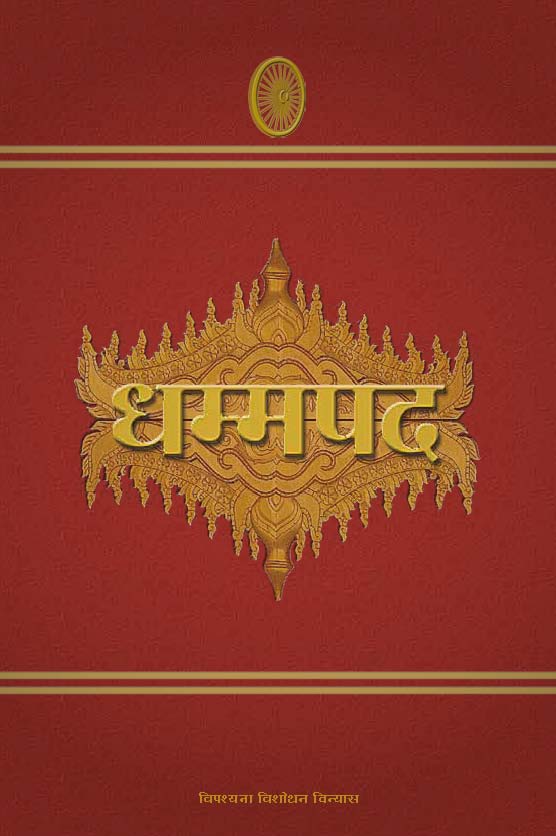Teachings of Buddha
Siddhartha Gautama, also known as the Buddha, is the founder of Buddhism and one of the most influential spiritual leaders in world history. His teachings form the foundation of Buddhist philosophy and practice, which emphasize the path to enlightenment through understanding, ethical living, and mental discipline. The Buddha’s life and teachings continue to inspire millions of people around the globe.
Early Life
Birth and Background:
- Siddhartha Gautama was born around 563 BCE in Lumbini, in present-day Nepal. He was born into the royal family of the Shakya clan, and his father, King Suddhodana, ruled the small kingdom of Kapilavastu. (Please note that Acharya Uday Veer Shastri, in his book ‘Vedant Darshan Ka Itihaas‘ has refuted this date of birth and suggested that Buddha was borne much earlier than this.
- Siddhartha’s mother, Queen Maya, is said to have had a dream before his birth in which a white elephant entered her womb, signifying the birth of a great being.
Childhood and Youth:
- Siddhartha was raised in luxury and sheltered from the harsh realities of life. His father hoped to keep him from encountering suffering so that he would become a great king rather than a spiritual leader.
- Despite this, Siddhartha was curious and compassionate from a young age. He excelled in studies and physical activities, and he married a beautiful princess named Yasodhara, with whom he had a son, Rahula.
The Four Sights and Renunciation
The Four Sights:
- At the age of 29, Siddhartha ventured outside the palace and encountered four sights that deeply affected him: an old man, a sick man, a dead body, and an ascetic. These sights exposed him to the realities of aging, sickness, death, and the possibility of overcoming suffering through spiritual practice.
- These encounters led Siddhartha to question the transient nature of worldly pleasures and the inevitability of suffering.
Renunciation:
- Moved by the suffering he had witnessed and seeking a deeper understanding of life, Siddhartha renounced his royal life. He left his family and palace, adopting the life of an ascetic in search of spiritual truth and liberation from suffering.
Enlightenment
Spiritual Quest:
- Siddhartha spent several years studying with various spiritual teachers and practicing extreme asceticism. However, he found these practices inadequate in achieving enlightenment.
- Realizing that neither extreme luxury nor severe asceticism would lead to liberation, he adopted the Middle Way—a path of moderation and balance.
Meditation and Awakening:
- At the age of 35, Siddhartha sat in deep meditation under a Bodhi tree in Bodh Gaya, India. After a profound meditation session, he attained enlightenment and became the Buddha, the “Awakened One.”
- During his enlightenment, he gained profound insights into the nature of existence, the causes of suffering, and the path to its cessation.
Teachings
The Four Noble Truths:
- The Truth of Suffering (Dukkha): Life involves suffering and dissatisfaction.
- The Truth of the Cause of Suffering (Samudaya): Suffering is caused by craving, attachment, and ignorance.
- The Truth of the Cessation of Suffering (Nirodha): It is possible to end suffering by eliminating its causes.
- The Truth of the Path to the Cessation of Suffering (Magga): The Eightfold Path leads to the end of suffering.
The Noble Eightfold Path:
- Right Understanding
- Right Intention
- Right Speech
- Right Action
- Right Livelihood
- Right Effort
- Right Mindfulness
- Right Concentration
Later Life and Legacy
Teaching and Spreading the Dharma:
- After attaining enlightenment, the Buddha spent the rest of his life teaching the Dharma (truth) to a diverse range of people, from kings to commoners. His teachings were practical and accessible, emphasizing personal experience and ethical conduct.
- He established the Sangha, a community of monks and nuns dedicated to practicing and preserving his teachings.
Parinirvana:
- At the age of 80, the Buddha passed away in Kushinagar, India. His passing is referred to as Parinirvana, signifying the end of the cycle of rebirth and ultimate liberation from suffering.
Influence and Spread of Buddhism:
- The Buddha’s teachings spread throughout India and eventually across Asia, evolving into various schools of thought and practice, including Theravada, Mahayana, and Vajrayana Buddhism.
- Buddhism has significantly influenced the spiritual, cultural, and philosophical landscapes of many countries.
Conclusion
Siddhartha Gautama, the Buddha, is a central figure in world spirituality, whose life and teachings continue to inspire and guide millions of people. His profound insights into the nature of suffering and the path to liberation form the core of Buddhist philosophy. Through his teachings on the Four Noble Truths and the Noble Eightfold Path, the Buddha provided a practical and compassionate guide to achieving peace, wisdom, and enlightenment.





